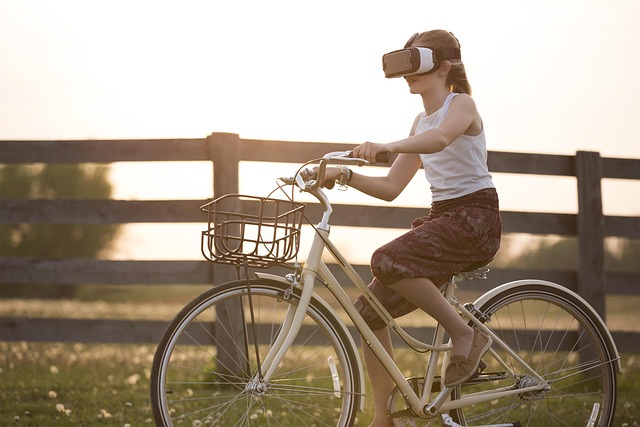In the fast-paced world of communication, emotional expression has always played a crucial role. From handwritten letters to instant messaging, how we convey our feelings has evolved, and so has the language we use. One of the most captivating transformations in our digital conversations is the rise of emoticons. What began as simple keyboard characters like 🙂 has now blossomed into an expansive universe of emojis and dynamic symbols that enrich our exchange of ideas and sentiments.
The journey of emoticon evolution started in the early days of the internet. In the 1980s, computer scientist Scott Fahlman suggested using a simple smiley face to differentiate serious messages from jokes in a digital bulletin board. This marked the birth of the emoticon, a small yet powerful tool that enabled users to convey tone and emotion in a text-based format where nuances often get lost.
As communication shifted towards instant messaging and social media platforms, so did the need for more expressive means of interaction. With the development of smartphones and an emphasis on visual communication, traditional emoticons evolved into vivid and colorful emojis. Icons depicting feelings, objects, and actions became essential in daily conversations, allowing us to share joy, frustration, love, and even sarcasm, all with a single tap.
The richness of emoticon evolution is found not just in the sheer number of available icons but also in how cultural diversity is represented. Different regions and languages have added unique emojis that reflect their traditions, foods, and social issues, making the digital dialogue more inclusive. People can now share a slice of their cultural identity through the universal language of emojis.
Interestingly, this evolution has also changed the way we perceive and interpret messages. What may have once been a straightforward text can now take on new dimensions with the addition of an emoji. A simple “Thank you!” can be transformed into a warm and heartfelt gesture with the addition of a ❤️, while the same phrase followed by a 😜 can convey playfulness or even sarcasm. This versatility in interpretation adds layers of meaning to our interactions, making our communication more dynamic.
The rise of animated emojis and stickers has taken this a step further, allowing even greater emotional expression. With animations that can portray excitement, sadness, or humor, users can connect on a more personal level. These tools have pushed the boundaries of how we empathize and relate to one another in a digital landscape often filled with misunderstandings.
As we consider the emoticon evolution, it becomes clear that these small icons have made a significant impact on our communication. They serve as a reminder that even in a digital world, our emotions and connections are profoundly human. As we continue to adapt to new forms of communication, one thing is certain: the journey of emoticons from simple text symbols to intricate representations of our feelings will undoubtedly continue to shape the way we interact with one another.




